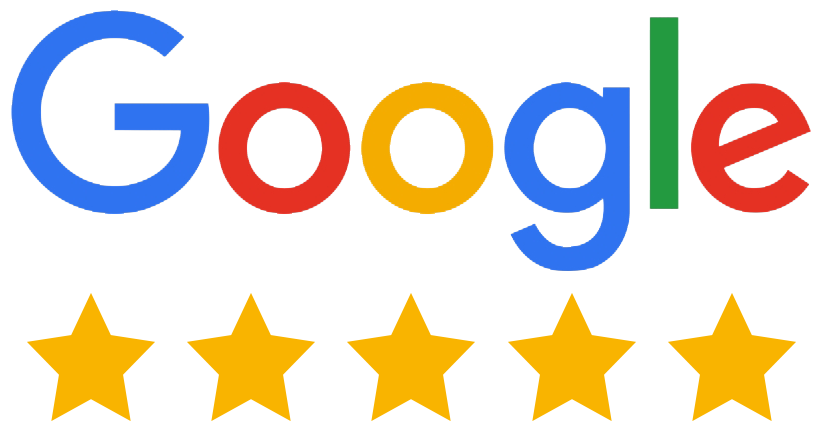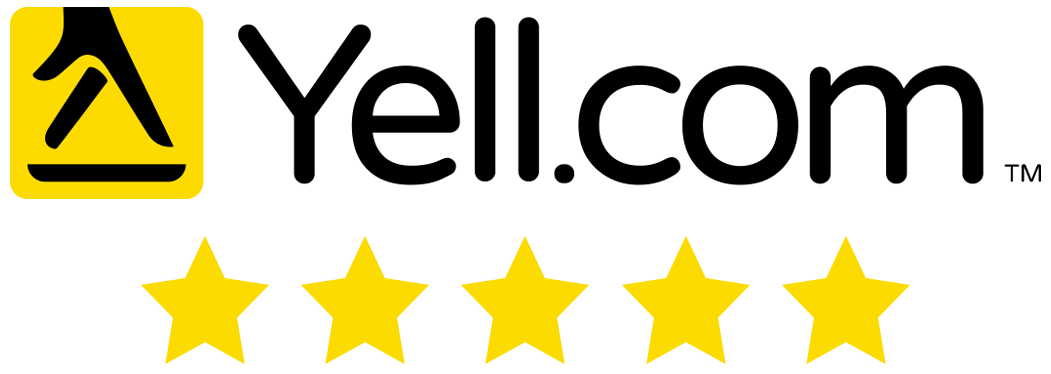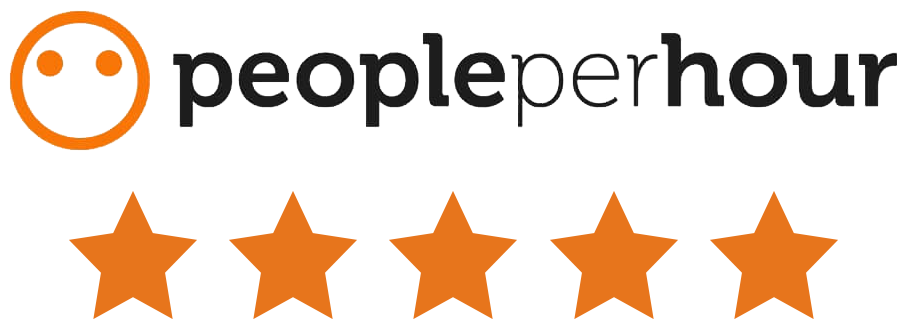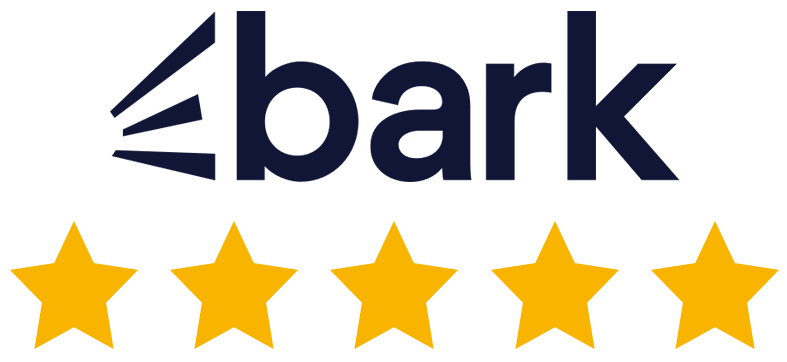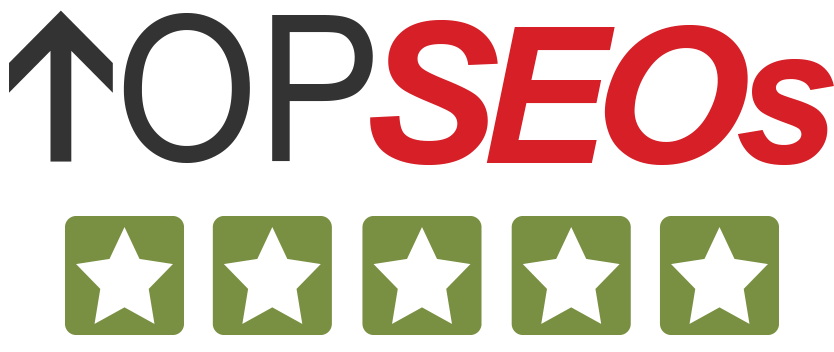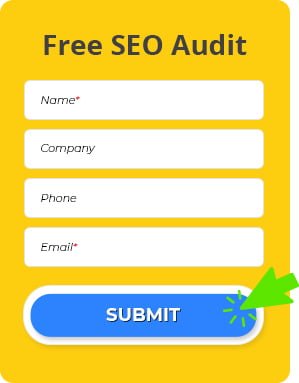11 On-Page SEO Techniques To Boost Your Brand's SEO Positions
- 8 November, 2022
- Jason Ferry
- On Page SEO

On-page SEO is an integral part of digital marketing and can improve your ranking in search engines. Around 61% of B2B marketers integrate optimisation practices into their campaigns, according to Google Search Central. A captivating headline is also an excellent start for on-site SEO. Headlines that stand out in the SERPs perform well to invite more clicks and user engagement. Moreover, high-performing web pages wrap subheadings in H-tags.
H2-H6 tags offer keyword-rich context for search engines. On-page SEO is a work in progress, but these recommendations should set you on the right track towards increasing your online visibility, improving ranks, and boosting sales in the long run. Infusing reliable information into your website content and utilising Featured Snippets is the ticket to grabbing the top spot and getting more inbound traffic. And according to Google, results can be more useful by adding contexts.
Continue reading this fascinating story below.
The process of becoming skilled in the art of search engine optimisation (SEO) is challenging. Because SEO is such an important part of digital marketing. At this time, approximately sixty-one per cent of B2B marketers incorporate optimisation practices into their campaigns.
The growth of your business and the number of customers you convert is directly correlated to the amount of traffic and visibility your website receives.
However, what exactly does SEO entail? According to Google Search Central, search engine optimisation (SEO) involves "making small changes to parts of your website", which "add up to a noticeable improvement in the site's ranking on the Search Engine Results Page" (SERP).
This article provides a discussion of the most recent On-Page SEO Strategies that can be used to improve your ranking in search engines.
What exactly is meant by the term "on-page SEO"?
The process of on-site search engine optimisation and on-page search engine optimisation is, as the names imply, restricted to the length and breadth of web pages. It most commonly refers to alterations made to web pages or the code that makes up web pages. On-page search engine optimisation is widely practised because it helps search engines like Google, Bing, and Yahoo comprehend whether or not the content of a website matches the search query entered by users.
On-page search engine optimisation consists of a few different elements, such as
- Images
- Alt text for images
- Meta descriptions
- The content found on the page
- HTML coding
- Internal links and citations
- User experience
On-page SEO Techniques
In the past, the primary emphasis of on-page SEO was placed on keywords in order to achieve higher rankings in search engine results pages (SERPs). This technique is referred to as "keyword stuffing."
In contrast, today, Google will punish websites that engage in this practice with a penalty. Because of this, relying solely on keywords is a waste of time.
On-page search engine optimisation should instead concentrate on other positive optimisation strategies that lead to higher organic ranking positions.
Improve Your Brand's Search Engine Optimisation Rankings with These 11 On-Page SEO Strategies
When carrying out on-page SEO, it is important to consider the following list of on-page SEO strategies.
1) The Content Is the Most Important Aspect to Consider
Focusing on the most important requirement of users, which is the content of the website, ought to be the top priority.
In Google's Search Quality Rater Guidelines, the tenet of E-A-T, which stands for content that demonstrates a high level of Expertise, is Authoritative, and is completely Trustworthy, is highlighted.
Websites that want to rank higher in the search engine results pages should adhere to the guidelines as closely as possible and create content that is tailored to meet them.
When the content of a website is valuable, original, and well-researched, it satisfies the most essential requirement of Google's search algorithms and achieves higher rankings obtained through organic means.
2) HTML Tags
These HTML Tags, which provide information to search engines and are also known as Title Tags, are important ranking factors of web pages that provide information. Title tags are utilised in the process of generating clickable headlines that are displayed on the pages of search engine results.
Google is better able to understand the content of a website thanks to heading tags, which include H1 tags. As a result, a website can be ranked more accurately. A Title Tag ought to be included on each and every indexable page.
The following are some suggestions for producing title tags that are of the highest quality.
- Maintain a concise length, preferably between 60 and 70 characters, and cram in as much information as you can before the limit is reached.
- You should try to avoid using generic headlines and instead give each one a twist that is distinctive and unique.
- You can fulfil the search intent of users by providing them with hints that your website contains precisely what it is that they are looking for.
- By matching the subject of the content to the subject of the title, you can avoid writing clickbait titles.
- You should include relevant keywords in the title.
- Include the year to provide further context.
3) Come Up with an Attention-Grabbing Headline
When it comes to on-site search engine optimisation, a good place to begin is by writing an attention-grabbing headline. Users will typically scan for headlines that are pertinent to the information they are looking for, which makes this a massive traffic gateway.
Those headlines that are more noticeable in the search engine results pages (SERPs) receive more clicks and more user engagement. Because of this, blog posts that have attention-grabbing headlines can increase organic traffic by as much as 60 per cent.
4) Include a Meta Description
Meta descriptions do not have an effect on rankings directly; however, they do a good job of quickly conveying essential information to users of the web. A meta-description that is clear, concise, and pertinent increases click-through rate (CTR), contributes to a more favourable perception of the quality of search results and educates readers about the content of a website.
The use of the active voice is also highly recommended for a compelling meta description.
Maintain a high keyword density; using more than 160 characters allows you to add relevant information to the title tag that corresponds to the user's intent when searching.
5) H2-H6 Subheading Tags
In addition to H1 tags, web pages that perform exceptionally well wrap their subheadings in H tags. They use a variety of subheadings to organise the discussion of content subtopics and paragraphs.
Use the H2 tags for the subheadings, the H3 tags for the sub-subheadings, and so on down the line. Subheadings add visual hierarchy to web pages, which makes it easier for users to scan through the content.
In addition, search engines benefit from the keyword-rich context that H2 - H6 tags provide.
6) Featured Snippets
Featured Snippets are snippets of information that provide searchers with brief answers to their questions.
This information is obtained by Google from the listings of web search results; pages that appear in the snippets typically rank higher on the search engine results page (SERP).
Increasing the amount of trustworthy information that is included in the content of your website, and making use of Featured Snippets is the key to achieving top rankings and driving more traffic to your site.
7) The Optimisation of Images and the Implementation of Alt Texts
Google claims that providing additional context to search results can make those results more useful. You could also benefit from getting more visitors and a higher ranking on Google by using Google Image Search.
Take into account the following strategies for optimisation:
- It is important to give filenames to images that are descriptive of their content.
- When naming files, try to keep them as concise as possible.
- Avoid using keywords and especially the practice of keyword stuffing.
- Use dashes in place of underscores (_) in your formatting (-).
Google also uses a feature known as "alt text", to assist users in better comprehending the images. The accessibility of the website could be improved by writing texts that are detailed and well-articulated and that describe the images.
In addition to these advantages, compressing images allows web pages to load more quickly.
8) External Links
The addition of outbound links to other authoritative websites that are relevant to the discussion provides additional value to users, which is a major factor in website rankings.
9) In-Depth Knowledge of the Topic at Hand
Google places a premium on content that can demonstrate expertise and authority. It is essential that this is reflected in the content, and that it be simple for users to access.
Establishing one's authority can be accomplished in a number of excellent ways, including providing content that is free of errors, providing information that has been carefully sourced, and including background information about the author.
10) Content Audits at Regular Intervals
The performance of existing content can be monitored more effectively with the assistance of content auditing, which also helps identify information that has become outdated and determines which types of content are most popular among users.
11) Content with a Focus on Individuals
The requirements for on-site SEO must continue to emphasise the need to produce content that individuals will regard as valuable and relevant. Content that prioritises readers is also excellent for on-site search engine optimisation.
On-page search engine optimisation is still in its infancy at this point. The suggestions that have been provided here ought to point you in the right direction if you want to improve your online visibility, ranking, and sales over the course of time.


